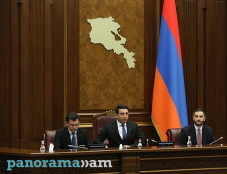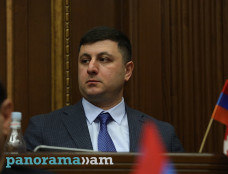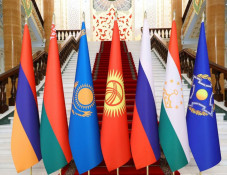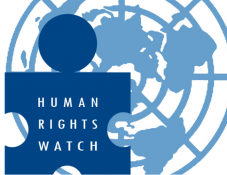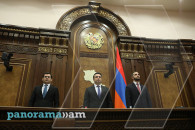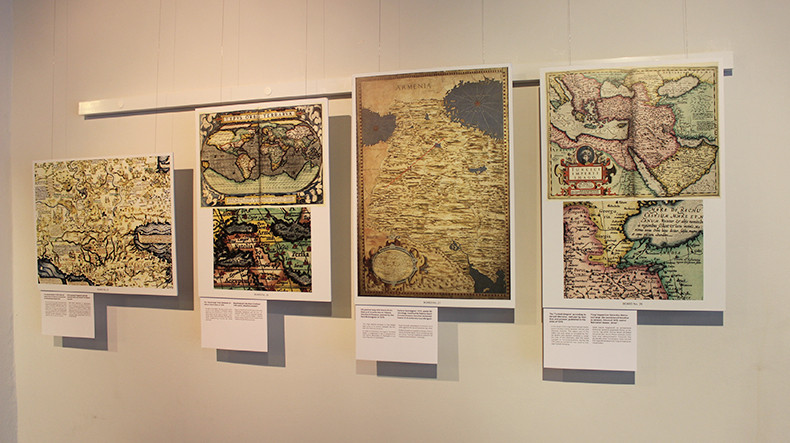
Armenia’s historical maps go on display at Estonia’s Tartu University
An exhibition of historical maps of Armenia has solemnly launched today at the museum of Estonia’s University of Tartu.
The exhibit titled “Armenia in old maps” has been initiated and organized by Armenia’s Embassy in Estonia (residence Vilnius) and the administration of the Tartu University with the support of the Union of Armenians of Estonia and the local Armenian community.
Tigran Mkrtchyan, Ambassador of Armenia to Estonia, presented the collection of Armenian maps drafted by historian Rouben Galichian covering the period from the 6th century BC until the 20th century, the Foreign Ministry’s press service told Panorama.am.
The Armenia envoy stressed that regardless of the fact that Armenia lacked an independent statehood for some 650 years (from 1375 to 1918), the world cartography continued to name the territory of the Armenian Plateau as “Armenia”.
“That approach gradually changed only after the Armenian Genocide, when the Armenian people ceased to exist on the major part of their historical homeland,” Mkrtchyan said.
Summing up, the ambassador noted that the 50 maps on display in fact show the most important points of the Armenian people’s history and are the best means to represent the Armenian history to foreigners.
Mayor of Tartu City Urmas Klaas expressed his gratitude for organizing such a cognitive exhibition, noting the Armenian people have a very rich history that should be occasionally presented to foreign audiences.
He also said that Tartu houses a big cross stone symbolizing the Armenian-Estonian friendship erected at one of the central parts of the city in 1978.
The “Armenia in old maps” exhibition runs until 3 June.
Newsfeed
Videos







